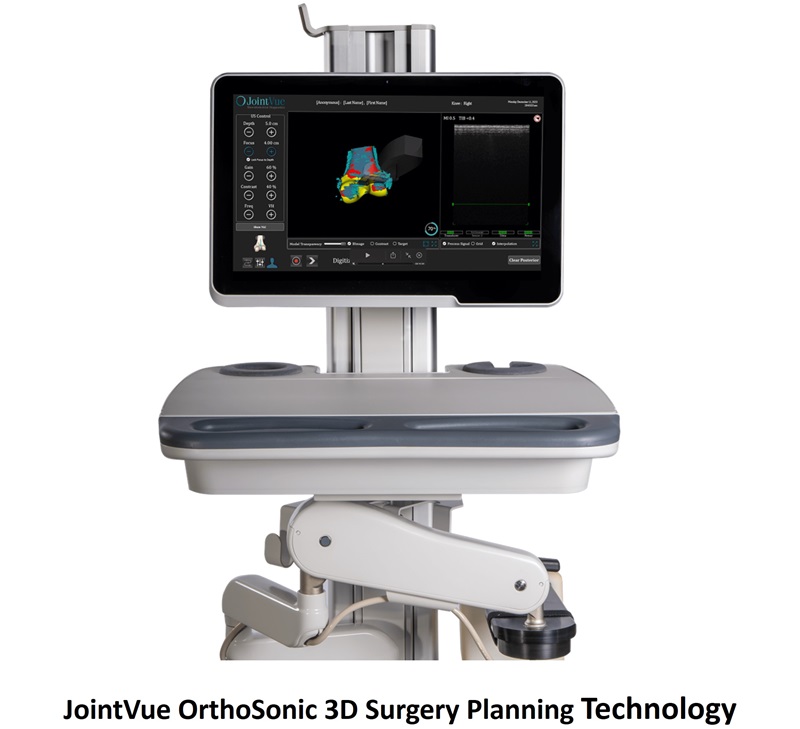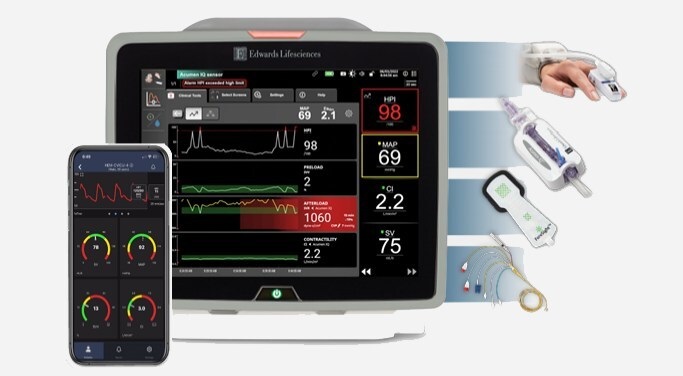AI Technology Retrieves Similar Cases in CT Database
|
By HospiMedica International staff writers Posted on 07 Sep 2017 |
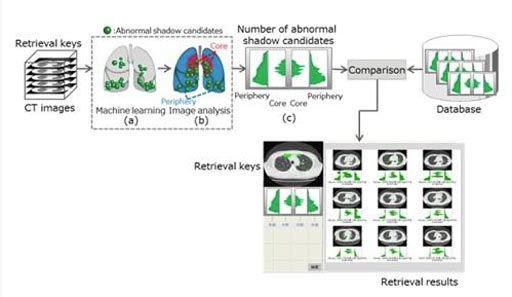
Image: Newly developed technology is designed to retrieve similar cases (Photo courtesy of Fujitsu).
Fujitsu Laboratories Ltd. (Kawasaki, Japan), in collaboration with Fujitsu R&D Center Co., Ltd., has developed an AI-based technology to retrieve similar cases of abnormal shadows expanding in a three-dimensional manner from a computed tomography (CT) database of previously taken images. The technology automatically separates the complex interior of the organ into areas through image analysis, and uses machine learning to recognize abnormal shadow candidates in each area. By dividing up the organ spatially into periphery, core, top, bottom, left and right, and focusing on the spread of the abnormal shadows in each area, it becomes possible to view things in the same way doctors do when determining similarities for diagnosis.
In joint research with Professor Kazuo Awai of the Department of Diagnostic Radiology, Institute and Graduate School of Biomedical Sciences, Hiroshima University, this technology was tested using real-world data, and the result was an accuracy rate of 85% in the top five retrievals among correct answers predetermined by doctors. The technology is expected to lead to increased efficiency in diagnostic tasks for doctors, and could reduce the time required to identify the correct diagnosis for cases in which identification previously took a great deal of time. The technology could be applied not only to the diagnosis of diffuse lung diseases, but also to other imaging diagnostic techniques, including head CTs and stomach CTs, as well as MRIs (Magnetic Resonance Imaging) and ultrasounds.
Fujitsu Laboratories plans to conduct numerous field trials using CT images for a variety of cases, while additionally aiming to contribute to the increased efficiency of medical care by deploying this technology with related solutions from Fujitsu Limited.
“Moving forward, this technology has the potential to provide doctors with clinically useful information by retrieving similar CT images from cases that were difficult to diagnose and treat, and we can anticipate that this will improve the accuracy and efficiency of medical care,” said Professor Kazuo Awai. “By grouping morphologically similar images and investigating whether there are any common genetic abnormalities within these groups, the technology may present new ways of thinking about diseases and offers the possibility of numerous clinical applications-it's a technology that we have great expectations for in the future.”
Related Links:
Fujitsu Laboratories
In joint research with Professor Kazuo Awai of the Department of Diagnostic Radiology, Institute and Graduate School of Biomedical Sciences, Hiroshima University, this technology was tested using real-world data, and the result was an accuracy rate of 85% in the top five retrievals among correct answers predetermined by doctors. The technology is expected to lead to increased efficiency in diagnostic tasks for doctors, and could reduce the time required to identify the correct diagnosis for cases in which identification previously took a great deal of time. The technology could be applied not only to the diagnosis of diffuse lung diseases, but also to other imaging diagnostic techniques, including head CTs and stomach CTs, as well as MRIs (Magnetic Resonance Imaging) and ultrasounds.
Fujitsu Laboratories plans to conduct numerous field trials using CT images for a variety of cases, while additionally aiming to contribute to the increased efficiency of medical care by deploying this technology with related solutions from Fujitsu Limited.
“Moving forward, this technology has the potential to provide doctors with clinically useful information by retrieving similar CT images from cases that were difficult to diagnose and treat, and we can anticipate that this will improve the accuracy and efficiency of medical care,” said Professor Kazuo Awai. “By grouping morphologically similar images and investigating whether there are any common genetic abnormalities within these groups, the technology may present new ways of thinking about diseases and offers the possibility of numerous clinical applications-it's a technology that we have great expectations for in the future.”
Related Links:
Fujitsu Laboratories
Latest AI News
Channels
Critical Care
view channel_1.jpg)
Cutting-Edge Bioelectronic Device Offers Drug-Free Approach to Managing Bacterial Infections
Antibiotic-resistant infections pose an increasing threat to patient safety and healthcare systems worldwide. Recent estimates indicate that drug-resistant infections may rise by 70% by 2050, highlighting... Read more
Sophisticated Machine-Learning Approach Uses Patient EHRs to Predict Pneumonia Outcomes
Pneumonia, an infection that results in difficulty breathing due to fluid accumulation in the lungs, is one of the leading causes of death worldwide. This condition is particularly challenging to treat... Read more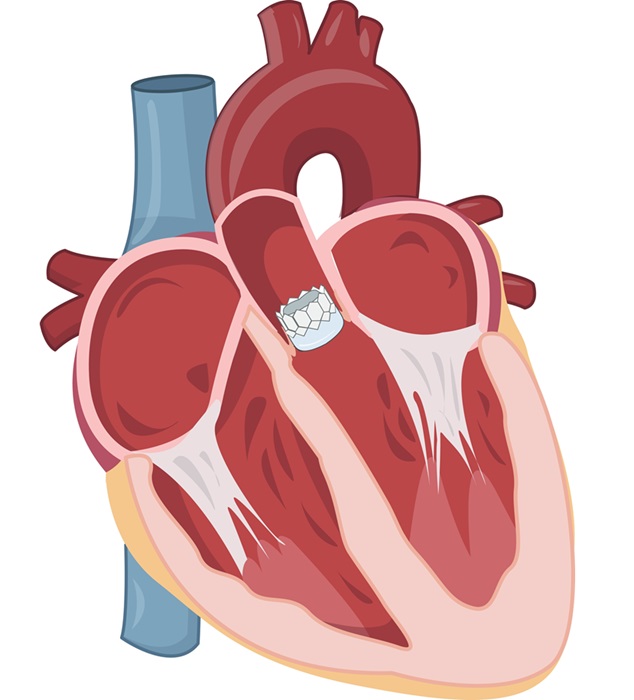
Early TAVR Benefits Patients with Asymptomatic Severe Aortic Stenosis
For patients with asymptomatic severe aortic stenosis (AS) and preserved left-ventricular ejection fraction, current guidelines recommend clinical surveillance every six to twelve months.... Read more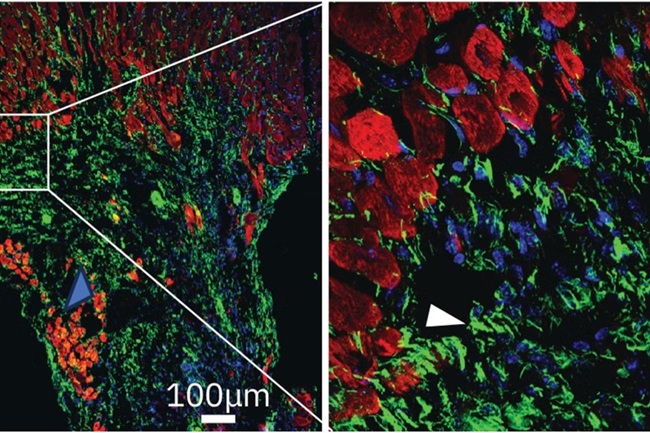
First-Of-Its-Kind Experimental Therapy Enhances Tissue Repair After Heart Attack
Cardiovascular disease remains the leading cause of death worldwide, accounting for one-third of all annual fatalities. Following a heart attack, the heart's natural regenerative ability is limited, resulting... Read moreSurgical Techniques
view channel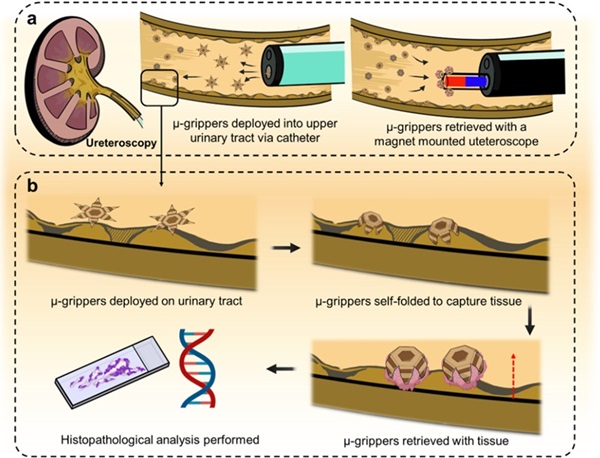
Microgrippers For Miniature Biopsies to Create New Cancer Diagnostic Screening Paradigm
The standard diagnosis of upper urinary tract cancers typically involves the removal of suspicious tissue using forceps, a procedure that is technically challenging and samples only a single region of the organ.... Read moreMiniature Soft Lithium-Ion Battery Could Be Used as Defibrillator During Surgery
The development of tiny smart devices, measuring just a few cubic millimeters, requires equally miniature power sources. For minimally invasive biomedical devices that interact with biological tissues,... Read more.jpg)
TAVI Procedure Supported by Radial Artery Access Reduces Bleeding Complications
The TAVI procedure, or Transcatheter Aortic Valve Implantation, is a minimally invasive technique in which a new aortic valve is inserted through a femoral artery to replace a narrowed old valve.... Read more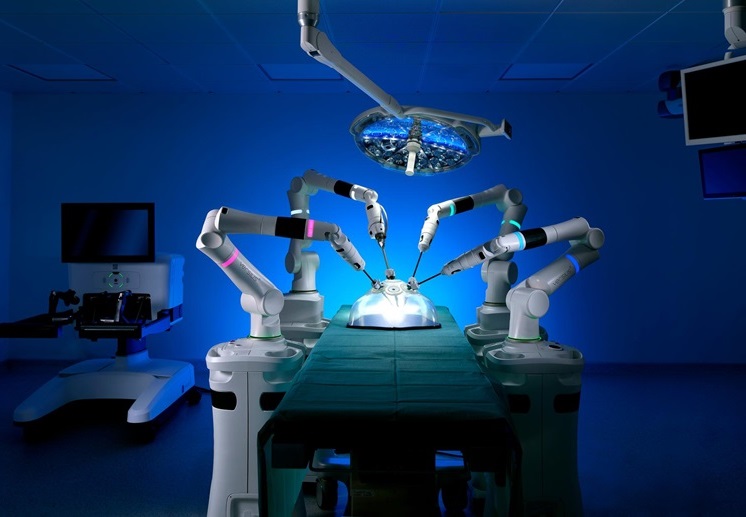
Portable Surgical Robot Seamlessly Integrates into Any OR for Performing Cholecystectomy Procedures
The United States represents a significant market with a strong demand for a flexible surgical robotic system applicable across various care settings. However, there has been a lack of sufficient options... Read morePatient Care
view channel
Portable Biosensor Platform to Reduce Hospital-Acquired Infections
Approximately 4 million patients in the European Union acquire healthcare-associated infections (HAIs) or nosocomial infections each year, with around 37,000 deaths directly resulting from these infections,... Read moreFirst-Of-Its-Kind Portable Germicidal Light Technology Disinfects High-Touch Clinical Surfaces in Seconds
Reducing healthcare-acquired infections (HAIs) remains a pressing issue within global healthcare systems. In the United States alone, 1.7 million patients contract HAIs annually, leading to approximately... Read more
Surgical Capacity Optimization Solution Helps Hospitals Boost OR Utilization
An innovative solution has the capability to transform surgical capacity utilization by targeting the root cause of surgical block time inefficiencies. Fujitsu Limited’s (Tokyo, Japan) Surgical Capacity... Read more
Game-Changing Innovation in Surgical Instrument Sterilization Significantly Improves OR Throughput
A groundbreaking innovation enables hospitals to significantly improve instrument processing time and throughput in operating rooms (ORs) and sterile processing departments. Turbett Surgical, Inc.... Read moreHealth IT
view channel
Machine Learning Model Improves Mortality Risk Prediction for Cardiac Surgery Patients
Machine learning algorithms have been deployed to create predictive models in various medical fields, with some demonstrating improved outcomes compared to their standard-of-care counterparts.... Read more
Strategic Collaboration to Develop and Integrate Generative AI into Healthcare
Top industry experts have underscored the immediate requirement for healthcare systems and hospitals to respond to severe cost and margin pressures. Close to half of U.S. hospitals ended 2022 in the red... Read more
AI-Enabled Operating Rooms Solution Helps Hospitals Maximize Utilization and Unlock Capacity
For healthcare organizations, optimizing operating room (OR) utilization during prime time hours is a complex challenge. Surgeons and clinics face difficulties in finding available slots for booking cases,... Read more
AI Predicts Pancreatic Cancer Three Years before Diagnosis from Patients’ Medical Records
Screening for common cancers like breast, cervix, and prostate cancer relies on relatively simple and highly effective techniques, such as mammograms, Pap smears, and blood tests. These methods have revolutionized... Read morePoint of Care
view channel
Handheld, Sound-Based Diagnostic System Delivers Bedside Blood Test Results in An Hour
Patients who go to a doctor for a blood test often have to contend with a needle and syringe, followed by a long wait—sometimes hours or even days—for lab results. Scientists have been working hard to... Read more
Smartphone-Enabled, Paper-Based Quantitative Diagnostic Platform Transforms POC Testing
Point-of-care diagnostics are crucial for public health, offering rapid, on-site testing that enables prompt diagnosis and treatment. This is especially valuable in remote or underserved regions where... Read moreBusiness
view channel
Hologic Acquires Gynesonics to Strengthen Existing Gynecological Surgical Business
Hologic (Marlborough, MA, USA) has signed a definitive agreement to acquire Gynesonics (Redwood City, CA, USA) for approximately USD 350 million, subject to working capital and other customary closing adjustments.... Read more